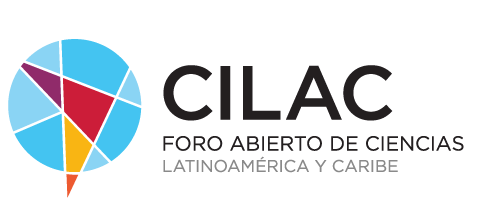
As explained Daniel E. Lieberman, paleoanthropologist at Harvard University, in his book The history of the human bodyIn the United States, medical care for a cardiovascular patient costs an additional $18,000 per year.
Therefore, if just 25 % more of the population were convinced to get fit, it would save $58 billion a year on cardiovascular disease care alone. Roughly double the annual research budget of the National Institutes of Health (NIH): that is, It's better to prevent.
The power of prevention
Prevention, then, seems to be a much more intelligent aspiration, for which we must all fight with greater effort, at least more than simply putting all our eggs in the basket. the care or resolution of medical problems.
Prevention is not becoming obsessed with exercise or diets. Much less entrust yourself to the paleo diet, which is in any way a pseudoscientific construct: there is no ideal and exemplary way of life for hunter-gatherers. There is not even the idea of a paleo diet, because this should be a set of diets very different from each other, as Lieberman points out:
By way of analogy, trying to understand what the human body is adapted to by looking only at hunter-gatherers would be like trying to understand the result of a football game by looking only at a fragment of the second half.
The most effective prevention would simply happen, according to This studio of The Lancet, by eating a diet rich in fruits and vegetables, not smoking, exercising moderately and not drinking alcohol excessively. Doing this is enough to reduce cardiovascular disease rates by 50 %.
For this reason, precisely, develop non-fattening food It would not solve one problem but it would amplify others, and it is smarter to be safe than sorry, as I explain in the following video:
–
The news
If 25% more of the US population got in shape, they would save $58 billion in medical expenses
was originally published in
Xataka Science
by
Sergio Parra
.


